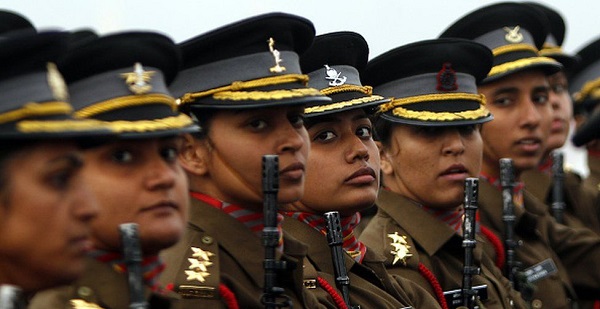Benefits of Recruiting Women Cadets

From Current Affairs Notes for UPSC » Editorials & In-depths » This topic
IAS EXPRESS Vs UPSC Prelims 2024: 85+ questions reflected
Background:
- In 2020, the Supreme Court directed the government to give permanent commissions to women officers in the Indian Army. It decreed that female officers should be on par with male officers with regards to getting command positions.
- In 2021, the apex court said that women candidates must be allowed to appear for National Defence Academy examination. When the government sought to postpone the exams for women to May, 2022, the Court said that “gender equality issues cannot be postponed”.
What is the significance of SC order here?
- The number of women officers in the Indian Army has been dismally low. This is despite women being given permanent commissions in education and legal corps since 2008 and in 8 other non-combative corps since 2020.
- In 2020, women officers in the army (excluding the medical corps) stood at a mere 3%. This is quite low compared to the situation in other countries like the USA (16%), France (15%) and Russia and the UK (10%).
- The Indian Army has been suffering a shortage of officers for a long while now. The Minister of State for Defence, in response to a question in the Parliament, said that there is a shortage of 7,476 officers in the army.
- A decline in the number of capable youngsters opting for a defence career is one of the reasons for this shortage. Earlier, sons of defence officers tended to opt for defence careers. However, in the past few decades, many of them are opting for corporate careers.
- Throwing the NDA open to women could help address this shortage in officers.
- Offering permanent commission to women officers, especially in combat corps, would attract those looking for careers that are challenging and fulfilling.
- It could bring back the legacy of families with generations enlisted into the defence forces. If the daughters carry the torch forward, it would help address the chauvinism, often mistaken for chivalry, existing in the army.
- The move could alter the army’s composition, not only quantitatively, but also qualitatively.
What is the way ahead?
- The 1st batch of female officers was inducted into non-medical roles in the army via Short Service Commission in 1992. It has taken some 30 years for that step to become a firmer foothold for women in the country’s defence services.
- Even as women get ready to take up roles in the combat corps, they need to also be ready to combat attitudinal impediments.
- The recent speech by the Army Chief regarding the decision to incorporate women officers into the army is a ray of light in this regard.
- The move is truly something to celebrate on Army Day (January 15th) this year.
Conclusion:
It has taken decades for the initial tentative steps of 1992 to ensure gender equality in the defence services to take firm roots. Attitudinal change would help make the SC order a game-changer.
Referred Sources
If you like this post, please share your feedback in the comments section below so that we will upload more posts like this.

